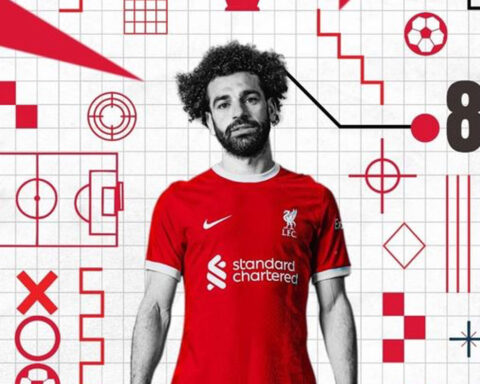So you’ve had your Bellingham moment—things feel good, feedback’s rolling in, and you’re starting to believe you’ve found Product–Market Fit.
Now what?
Now comes the real test—because even the flashiest debut needs data to back it up. And luckily, Harvard Business School and Sean Ellis have already drawn up the playbook. We’re just translating it into language your team (and your group chat) will understand.Here’s how to actually test if PMF is in the bag—or if you’re just having a good run of form.
1. The Sean Ellis Test
(aka: Would your users fight to keep you?)
Ask your active users:
“How would you feel if you could no longer use our product?”
If 40% or more say “Very disappointed”, that’s a strong green light.
Not “meh.” Not “I’d survive.” We’re talking Saka-out-for-the-season levels of panic.
Run this as a one-question survey to your most active users—don’t overthink it. Keep it clean, and watch for that 40% magic line.
Why it works: It strips away politeness and gets to real attachment.
HBS says: This is one of the strongest early indicators of PMF.
2. The Retention Curve Test
(aka: Are they sticking around after the hype dies down?)
Plot out user retention by cohort (e.g., by sign-up week). If your curve flattens above zero—meaning users are sticking after 4, 8, 12 weeks—you’re onto something.
Think of it like season ticket holders. Initial turnout is easy when everything’s new—but are people showing up mid-season when things get gritty?
Why it works: High retention signals utility. If people come back without reminders, you’re building a habit, not hype.
3. The “Pull vs Push” Check
(aka: Are you getting inbound, or still forcing it?)
Track how new users arrive:
- % who came via referral
- % through direct traffic
- % asking for demos or access without a paid campaign behind them
If you’re seeing organic lift (LinkedIn mentions, DMs, word of mouth), that’s your market pulling you forward. No press release needed.
Why it works: PMF shifts the energy—you go from selling to selecting.
4. The NPS + “Why” Combo
(aka: Not just a score—what’s behind the score?)
NPS (Net Promoter Score) asks how likely someone is to recommend you. But the real gold is in the follow-up:
- Why did you give that score?
Look for language like:
- “It helps me [outcome]…”
- “I use it every [timeframe]…”
- “I told my team/friend/boss about it…”
That’s not loyalty—it’s advocacy.
Why it works: Promoters aren’t just happy—they’re invested. And they’ll do your marketing for you.
5. Willingness to Pay
(aka: Are they only using you because you’re free?)
Test small pricing experiments or add-ons. Are people willing to pay—even a little—for continued access or extra features?
It doesn’t have to be full pricing yet. But if usage tanks the second you add friction, maybe the product isn’t delivering enough value.
Why it works: PMF means undeniable utility. If people walk away the second there’s a price tag, you’re not there yet.
BONUS PLAY: Customise by Sector
Thinking of specialising by industry? Could work—PMF shows up differently across markets:
- Fintech: Retention + Trust = 🔑. Are users sticking and trusting you with their data/money?
- Telco: Churn is brutal. PMF looks like reduced support tickets, fewer cancellations, and maybe (just maybe) users recommending you in the pub.
- B2B SaaS: Is it spreading inside teams? Are other departments asking for access? That’s your signal.
Start broad to find early traction. But if one vertical starts lighting up, double down and tailor your testing around the nuances that matter.
FINAL WHISTLE: It’s More Than a Feeling
PMF isn’t vibes—it’s data.
You want retention curves, unprompted praise, and people actually coming back without being chased.
So go beyond the “this feels good” moment. Run the tests. Get the receipts.
And if the stats back you up? You’re not just having a breakout moment—you’ve built something worth betting on.
#GameOn.
















